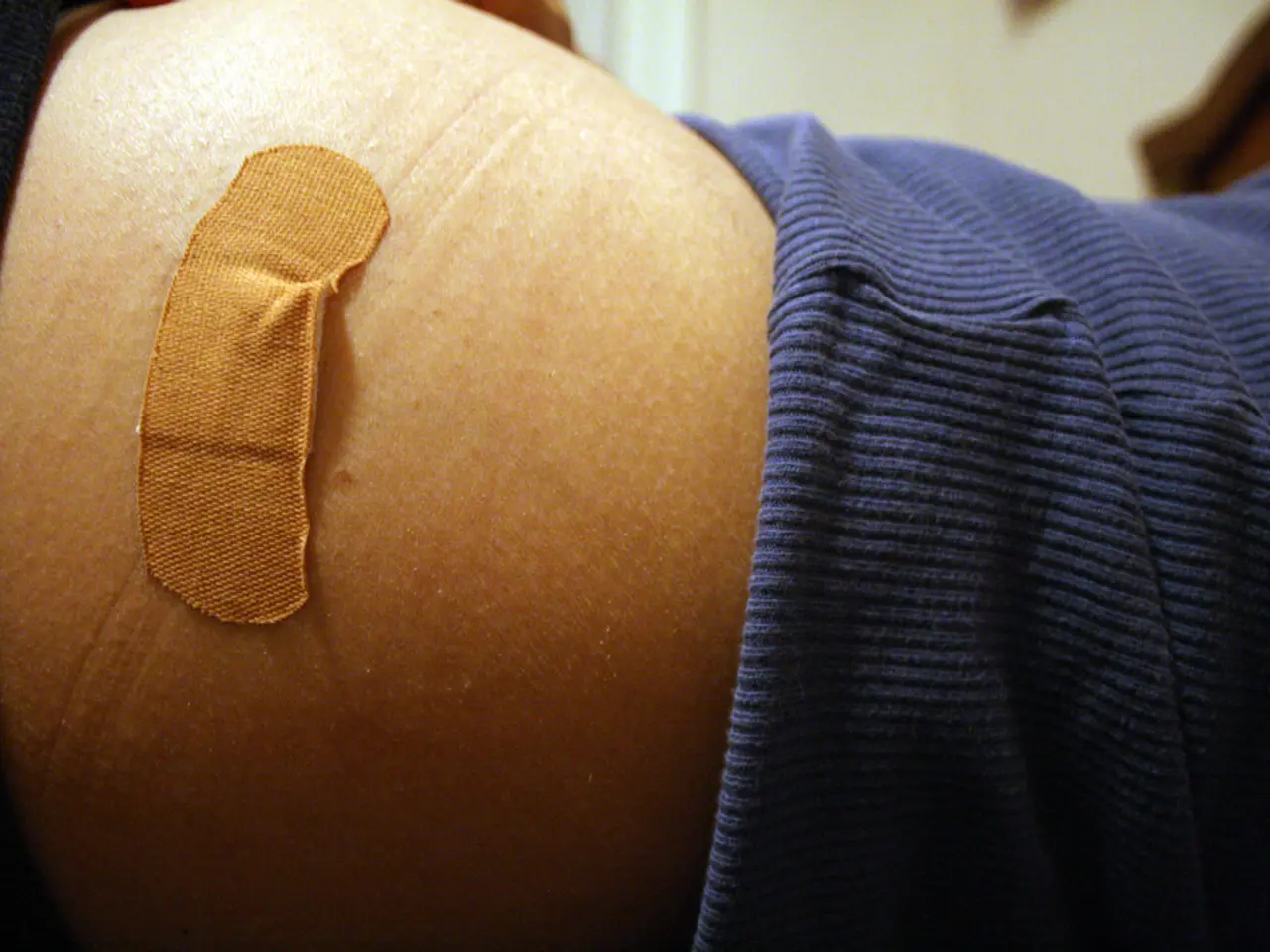Mastering this fundamental movement past the age of 50 indicates a higher level of mobility compared to many individuals of comparable age.
Incorporating exercises that focus on lower body mobility and balance is crucial for maintaining physical function and reducing the risk of injuries beyond the age of 50. One such exercise that proves effective is the Reverse Lunge to Knee Drive. Here's how you can incorporate this exercise and other complementary exercises into your routine:
## Exercises for Improving Lower Body Mobility and Balance
### 1. Reverse Lunge to Knee Drive - **Description**: This exercise involves stepping back into a reverse lunge position and then explosively driving back up to balance on one leg. - **Technique**: - Stand with your feet hip-width apart. - Take a large step backward with one foot. - Lower your body into a lunge position, keeping your back knee almost touching the ground. - Immediately drive your back foot forward and bring yourself back up to standing, balancing on one leg. - **Benefits**: Improves coordination, strength, control, and power. Enhances mobility and reduces injury risk by strengthening hips, knees, ankles, and the core.
### 2. Frankenstein Walks - **Description**: This exercise challenges balance and coordination. - **Technique**: - Stand tall with your feet hip-width apart. - Extend your arms straight out in front of you. - Lift one leg straight towards your hand, aiming to touch your foot with your hand. - Alternate legs as you walk across the floor. - **Benefits**: Targets lower abs and hip flexors, enhancing balance and coordination.
### 3. Chair Squats - **Description**: A low-impact exercise for improving strength and mobility. - **Technique**: - Stand with your back to a sturdy chair. - Slowly lower yourself into a seated position. - Stand up without using your hands if possible. - **Benefits**: Strengthens legs and improves balance.
### 4. Single-Leg Stands - **Description**: An exercise that enhances balance and stability. - **Technique**: - Stand on one leg. - Hold for up to 30 seconds. - Switch legs. - **Benefits**: Improves balance and reduces the risk of falls.
### 5. Knee Extensions - **Description**: Strengthens the front of the legs. - **Technique**: - Sit upright in a chair with your feet flat on the floor. - Extend one leg fully, hold for a few seconds, then lower it back down. - Repeat with the other leg. - **Benefits**: Enhances leg strength and mobility.
## Additional Tips for Seniors - **Warm-Up**: Always start with a gentle warm-up to prepare your muscles. - **Flexibility and Stretching**: Incorporate exercises like seated knee-to-chest stretches and calf stretches against the wall to maintain flexibility. - **Progressive Overload**: Gradually increase the difficulty of exercises as your mobility and strength improve. - **Consult a Professional**: If you have any health concerns or uncertainties about exercises, consult with a healthcare professional or fitness trainer.
By incorporating these exercises into your routine, you can significantly improve your lower body mobility and balance, reducing the risk of injury and enhancing overall well-being beyond the age of 50.
Incorporating the Reverse Lunge to Knee Drive, Frankenstein Walks, Chair Squats, Single-Leg Stands, and Knee Extensions into your fitness-and-exercise routine can bolster the science of health-and-wellness, particularly for seniors, by enhancing lower body mobility and balance, reducing injury risk, and improving coordination, strength, control, power, balance, and overall physical function. Regular exercise and adhering to additional tips such as warm-ups, flexibility and stretching exercises, progressive overload, and consulting a professional can further augment these benefits.




